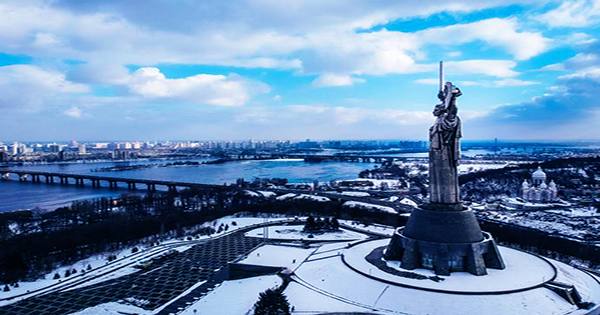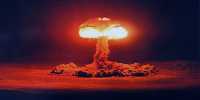Thirty-five years ago, the world’s worst nuclear accident occurred at the Chernobyl nuclear power plant in Ukraine. On April 2, 1986, during an unused safety test, a reactor of the plant exploded.
The immediate aftermath is estimated to have killed 54 workers and firefighters, increased thousands of illnesses due to radiation poisoning (which fortunately did not reach their children) and evacuated 50,000 people. The city of Pripyat -now abandoned, where the former power station was, has been a major tourist destination for the country for several years. In 2019, 120,000 people visited the site of the nuclear accident.
Now, Ukraine’s Culture and Information Policy (MCIP) Oleksandr Tkachenko says the country plans to formalize the region’s status by applying to be a UNESCO World Heritage Site for cultural reasons. A World Heritage Site is an area with landmarks or legal protections that are cultural, historical, historical and scientific or any other form of significance that is considered to be of outstanding value to humanity. Other notable sites include Petra, Stonehenge, Machu Picchu, Great Barrier Reef, Easter Island and Pompeii.
“The goal of the state agency for MCIP and tourism development is to develop the exclusion zone as a tourist destination and to include specific sites in the UNESCO World Heritage List,” the minister said of the plan during a recent visit to Chernobyl. This would include military radar near the city of Chernobyl and possibly a 30-kilometer extension area, which has become a wildlife sanctuary.
“We believe that placing Chernobyl on the UNESCO World Heritage List is the first and most important step in achieving this great place as a unique destination in the interests of all mankind.” “The importance of the Chernobyl zone goes far beyond the borders of Ukraine … not only in memory, but also in history and the rights of the people.” Due to the secrecy and embarrassment of the USSR and the Cold War, it took a long time for the full details of what happened in Chernobyl that day to be made public. The Soviet government was silent for three days before the world “stabilized” the situation, although it was not.
Thousands more fell ill from radiation poisoning. The ministry plans to improve the experience for visitors by sending training guides, strengthening security and repairing buildings before sending applications. If the application is finally approved, it will build the power station as the most recent building than the natural feature of listing. The current title holder is the Sydney Opera House, which opened in 1973.















